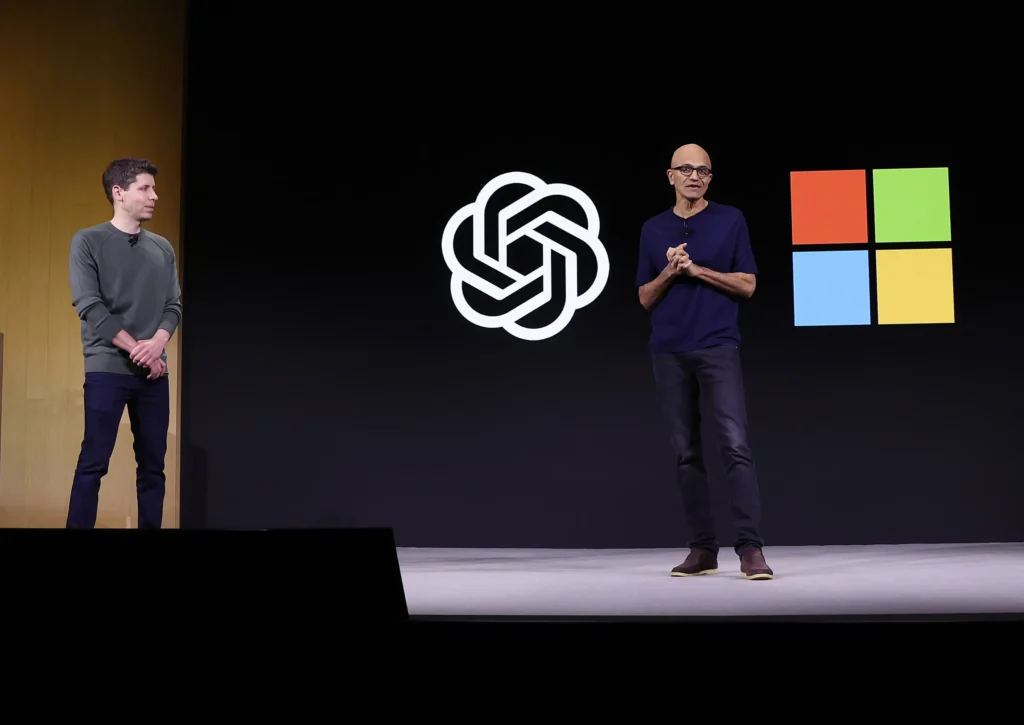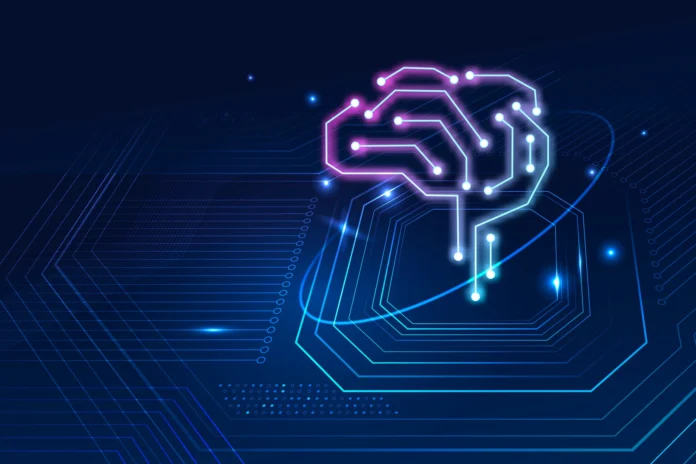As we look towards 2024, the world Artificial Intelligence (AI) is bracing for some major shifts and breakthroughs, from big tech companies changing their strategies to startups facing challenges. These are the top 10 predictions that could shape the future of AI.
- Nvidia’s bold move into cloud computing Nvidia, a giant in GPU technology, is making a strategic leap. into cloud services. This shift comes as their main customers are tech behemoths like Amazon. Microsoft and Google started to develop their own I chips, potentially challenging Nvidia’s market dominance. To counter this, Nvidia plans to build its own data centers and possibly acquire For smaller cloud companies, this move could significantly alter Nvidia’s business strategy and market positioning as they work to lessen reliance on their conventional business model and adjust to the rapidly changing cloud computing and artificial intelligence (AI) market.
- The struggles of stability: AI was once hailed as a rising star in the AI startup ecosystem. AI is facing a turbulent period; the company is hemorrhaging key personnel and struggling with mounting Financial pressures despite a significant influx of capital, including a notable $50 million from Intel The high burn rate is causing rapid depletion of resources, failed attempts at securing additional funding, and dwindling investor confidence. future of stability AI hangs in the balance, and the potential shutdown of this once-promising startup serves as a stark reminder of the volatile nature of the tech startup world, where rapid growth and innovation are often accompanied by substantial risks and uncertainties.
- evolution of AI terminology, large language model (LLM) Once a staple in AI discussions, it’s becoming increasingly inadequate as AI technologies grow more complex and multifaceted. As AI expands to encompass not just text but also images, audio, and various other data types, there’s a clear need for new terminology that accurately captures the essence of these advanced AI systems. This shift in language reflects a broader trend in AI. development where the focus is moving towards creating more holistic, versatile models capable of handling a diverse array of tasks and data inputs. The evolution of AI terminology signifies a maturing field that is continuously adapting and expanding its boundaries to include a wider range of capabilities. and applications,
- Closed-source AI models keep their edge. Currently, the AI landscape is dominated by closed sources. Models like OpenAI’s GPT 4, which are not openly accessible for public use or modification despite a growing chorus advocating for open-source AI models, foresee that closed-source models will maintain their superiority in terms of performance and innovation. This is largely attributable to the massive investments flowing into these projects, as exemplified by OpenAI’s rumored expenditure of around $2 billion on developing GPT 5. Such significant funding underscores the fact that leading-edge AI development is becoming increasingly resource-intensive, necessitating substantial financial backing that is often beyond the reach of open-source initiatives as a result. The most groundbreaking advancements in AI are likely to emerge from these well-funded, proprietary projects.
- Chief AI Officers: A New C Suite In recognition of the growing importance of Artificial Intelligence AI in business strategy, we expect a surge in the appointment of chief AI officers as CIOs within major corporations. This trend is akin to the rise of Chief Cloud Officers that we witnessed with With the advent of cloud computing, the role of the C will be pivotal in shaping and driving the AI agenda within organizations, reflecting the increasing need for dedicated leadership to navigate the complex and rapidly evolving AI landscape. The introduction of cios across various industries and government organizations signals a deeper integration of AI into operational and strategic frameworks, highlighting its transformative impact on business models, decision-making processes, and competitive dynamics.
- Alternative AI architectures are gaining ground, while the Transformer architecture currently reigns supreme. In the AI world, there’s a burgeoning interest in alternative architectures that promise certain advantages, particularly in terms of efficiency and processing capabilities. Research institutions like Stanford are at the forefront of these developments, experimenting with novel architectures that could revolutionize how AI models handle data, especially longer sequences. The year 2024 might witness the mainstream adoption of these innovative architectures in practical applications, marking a significant shift in the AI paradigm. This diversification of AI architecture not only enhances the overall robustness and capability of AI systems but also opens up new avenues. for research and application, potentially leading to groundbreaking discoveries. and Innovations
- Regulatory focus On tech investments, the increasing trend of major tech firms investing heavily in AI startups ostensibly to secure them as long-term cloud service customers are likely to come under the microscope of regulatory bodies, these investments while fostering innovation and growth in The AI sector raises questions about its impact on competition and market dynamics. Regulators are expected to scrutinize whether these financial injections serve legitimate business. purposes or are merely strategic Maneuvers to inflate revenue figures artificially, this heightened oversite could lead to a reassessment of investment strategies in the tech industry, potentially altering the financing and cooperation patterns between well-known tech companies and up-and-coming AI startups.
- shifting dynamics in the Microsoft Open AI Alliance The partnership between Microsoft and open AI, characterized by significant financial investments and collaborative projects, might face new challenges as each entity pursues its own distinct AI. Ambitions, evolving goals, and strategies of both organizations could lead to a realignment of their partnership, possibly giving rise to competitive tensions or divergent approaches to AI development and deployment. This potential shift in their Alliances highlight the complexities inherent in strategic collaborations within the fast-paced and competitive AI industry, where alliances are often fluid. and subject to changing priorities. and objectives of the involved parties
- A resurgence of interest in cryptocurrencies Despite AI’s current prominence in the tech discourse, we anticipate a revival of interest in cryptocurrencies in the 2024 tech industry. Trends tend to be cyclical, and factors such as fluctuating Bitcoin prices could redirect attention and investment back towards the cryptocurrency domain. The predicted shift exemplifies the dynamic nature of tech trends where investors Interest and market focus can quickly pivot in response to evolving market conditions and emerging opportunities.
- Copyright controversy surrounding AI models: the practice of training Artificial Intelligence AI. models using internet source data is poised to face significant legal scrutiny regarding copyright infringement. We foresee at least one USA court ruling against this practice in the upcoming year, setting the stage for a protracted legal battle with potentially far-reaching implications. Divergent rulings across different jurisdictions are likely to complicate the legal landscape, ultimately necessitating a definitive resolution at the highest judicial level. This unfolding legal story will be crucial in determining the permissible boundaries for AI model development and data utilization, with significant consequences for the future of AI innovation and content creation.

Forecast paint a vivid picture of what 2024 could hold for the AI industry, highlighting potential changes in technology, business, and legal landscapes. I hope you enjoyed the article.


